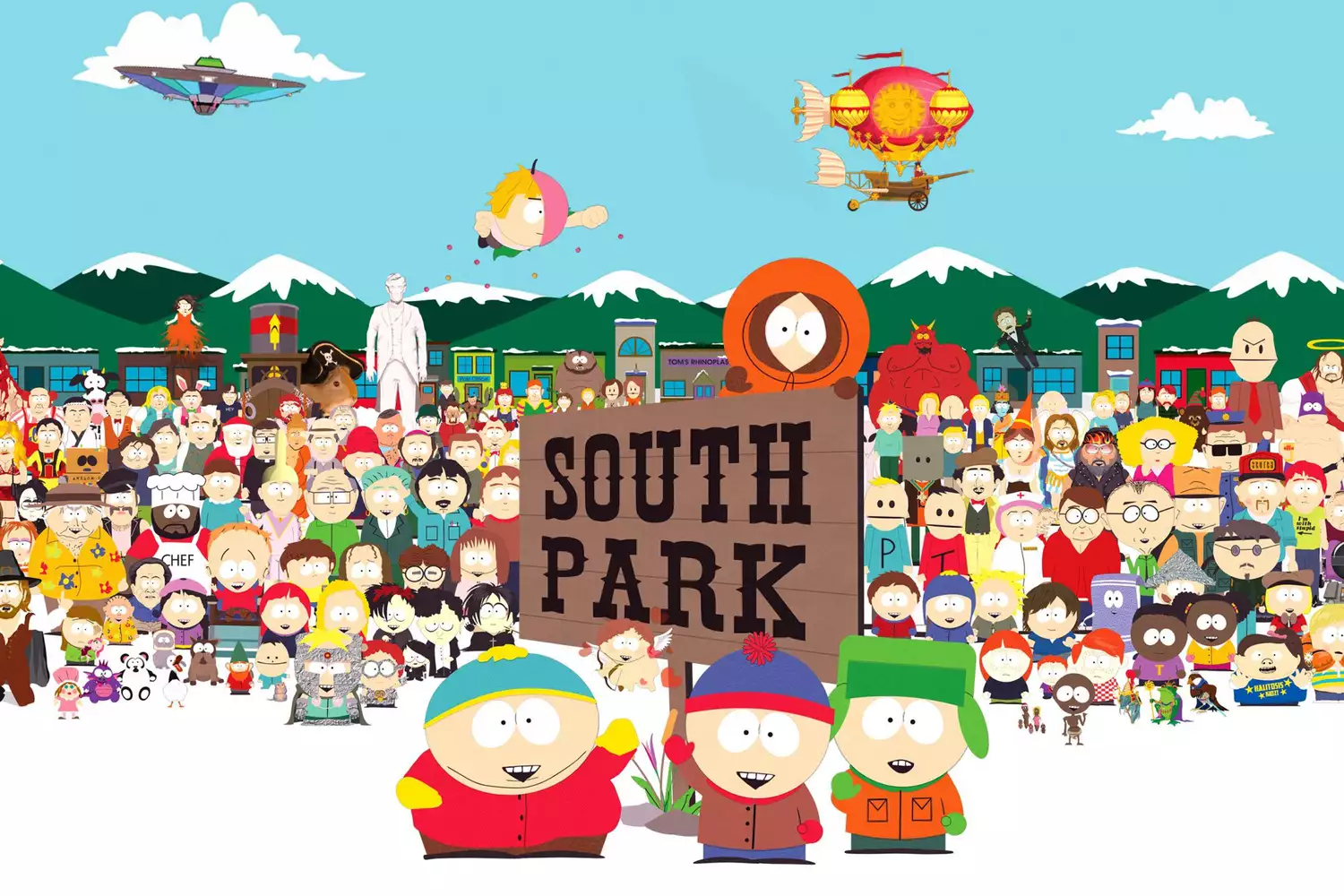In a rapidly evolving digital landscape, the power of words remains unparalleled. As parents, our responsibility to navigate this terrain with wisdom and discernment is paramount, especially when it comes to the media our children consume.
In today’s digital age, our children are constantly bombarded with media content, from television shows to online articles. While some content is clearly labeled as inappropriate for certain age groups, others, like South Park, blur the lines between entertainment and controversy.
Table of Contents
Background of South Park: Where Satire Meets Sensibility
South Park, created by Trey Parker and Matt Stone, is an animated sitcom known for its irreverent humor and satirical take on societal issues. Set in the fictional Colorado town of the same name, the show follows the adventures of four elementary school boys—Stan, Kyle, Cartman, and Kenny—as they navigate absurd situations and encounter a colorful cast of characters.
The show’s creators have never shied away from tackling controversial subjects, from politics and religion to sex and violence. Their no-holds-barred approach has earned South Park a loyal following among adult viewers, but it has also sparked debates about its suitability for children.
Content Analysis: Peeling Back the Layers
A closer examination of South Park reveals a plethora of explicit language, mature themes, and graphic imagery. Episodes often feature crude humor, sexual innuendos, and violence, pushing the boundaries of what is considered acceptable for television.
For example, in the episode “It Hits the Fan,” the characters repeatedly use the word “shit” over 160 times, highlighting the show’s penchant for shock value. Similarly, episodes like “Scott Tenorman Must Die” and “The Death of Eric Cartman” delve into dark and disturbing subject matter, leaving little room for innocence.
Impact on Children: From Screen to Mind
Research has shown that exposure to inappropriate media can have a profound impact on children’s attitudes and behaviors. A study published in the Journal of Adolescent Health found that adolescents who were exposed to sexual content in the media were more likely to engage in risky sexual behaviors themselves.
The case of Sarah, a concerned mother, sheds light on the real-world consequences of media exposure. After allowing her son to watch a few episodes of South Park, she noticed a change in his behavior. “He started using foul language and making crude jokes,” she recalls. “I realized that the show was having a negative influence on him.”
Legal and Ethical Considerations
In the United States, television content is subject to regulation by the Federal Communications Commission (FCC) and is assigned age-based ratings by the TV Parental Guidelines. However, these guidelines are often vague and leave room for interpretation, making it difficult for parents to make informed decisions about what their children should watch.
Moreover, the question of responsibility extends beyond regulatory bodies to content creators and networks themselves. While freedom of speech is a fundamental right, it must be balanced with the need to protect children from harm. This delicate balancing act raises important ethical questions about the content we consume and the messages we endorse.
Alternative Perspectives: Finding the Silver Lining
Despite its controversies, some argue that South Park serves a valuable purpose as a form of satire and social commentary. Dr. Emily Smith, a child psychologist, believes that when viewed in the right context, the show can stimulate critical thinking and promote media literacy among older children and adolescents.
“It’s important to remember that not all media is created equal,” she explains. “While South Park may not be suitable for young children, it can serve as a springboard for meaningful discussions with older teens about complex issues like censorship, freedom of speech, and the power of satire.”
Navigating the Digital Landscape
As parents, we must approach media consumption with a critical eye and an open mind. By understanding the nuances of content creation and its potential impact on our children, we can make informed decisions about what they watch and how they engage with media.
In the end, it’s not just about shielding our children from the storm, but equipping them with the tools to navigate it safely. So, let’s embark on this voyage together, armed with knowledge and empathy, as we navigate the ever-changing seas of media and its impact on our children’s lives.
Featured image by Comedy Central
